25 Superfoods to Incorporate Into Your Diet Now
Discover the ingredients that will keep every part of you healthy—including your appetite.
By Celia Barbour and Rachel Mount
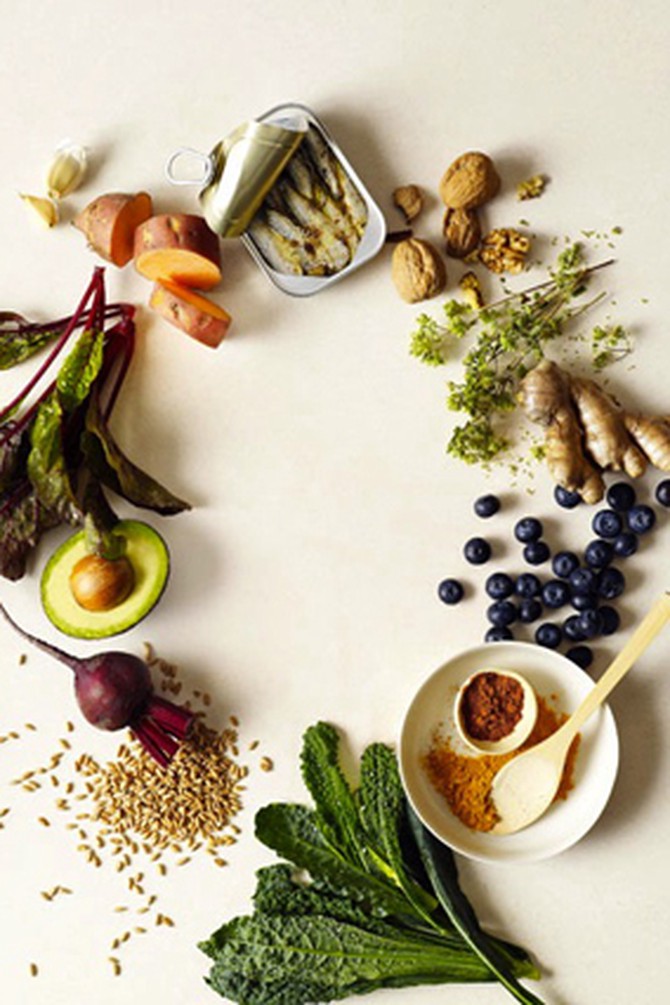
Photo: Sang An
Your New Best Friends...
Yes, you know better, but a lot of good that does your taste buds. They still prefer potato
chips to beets, fried chicken to canned fish, and pasta to just about anything. But what if
you didn't have to choose between good food and good-for-you food because they were
one and the same? That's what we've set out to accomplish.
Here, you'll find a short list of foods that you really ought to incorporate into your diet—because, frankly, their health benefits are through the roof. But rather than leaving it up to you to figure out what to do with them (sprinkle them on your cereal? push them around on your plate?), we've combined these wonder foods into nine dishes that taste great—as in snack-in-front-of-the-TV great, favorite-weeknight-supper great. Because we're not your mother. We don't care if you put your elbows on the table. But we do know that eating well is one of the nicest things you can do for yourself, and if you can recruit your taste buds to be your ally, you may just discover that it's fun to be good.
Meet the 25 delicious, nutrient-packed superfoods
Here, you'll find a short list of foods that you really ought to incorporate into your diet—because, frankly, their health benefits are through the roof. But rather than leaving it up to you to figure out what to do with them (sprinkle them on your cereal? push them around on your plate?), we've combined these wonder foods into nine dishes that taste great—as in snack-in-front-of-the-TV great, favorite-weeknight-supper great. Because we're not your mother. We don't care if you put your elbows on the table. But we do know that eating well is one of the nicest things you can do for yourself, and if you can recruit your taste buds to be your ally, you may just discover that it's fun to be good.
Meet the 25 delicious, nutrient-packed superfoods
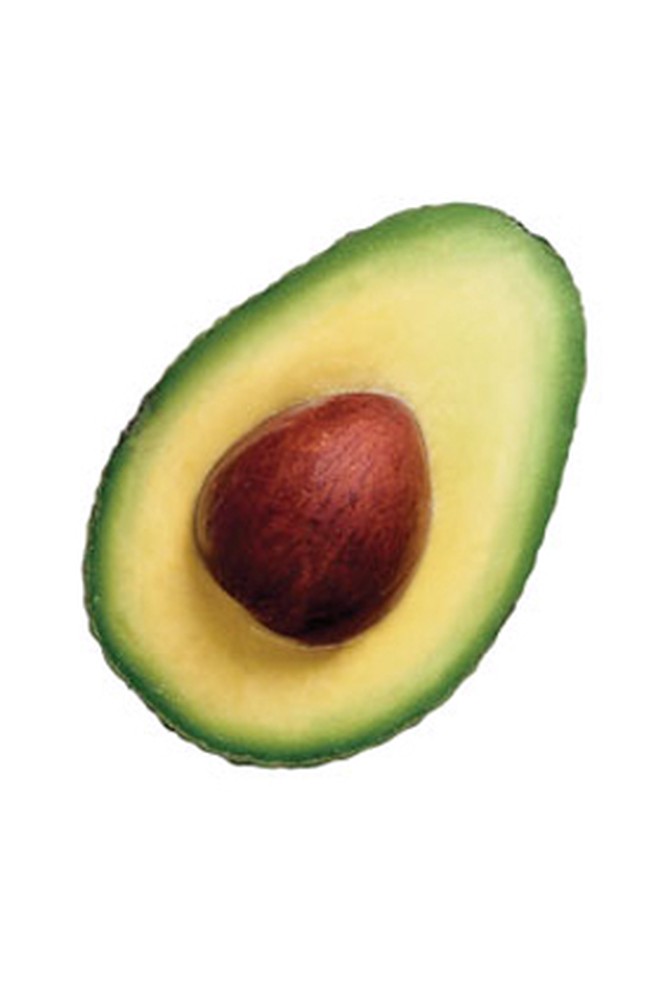
Photo: Getty Images
Avocados
Creamy, succulent avocados not only contain the best kind of fat (monounsaturated oleic acid) but also help your body block the absorption of bad fats (cholesterol). They're high in lutein, which aids eyesight, and in potassium and folate, which may reduce the risk of stroke and cardiovascular disease. And they're low in pesticides.
Try this recipe: Sardine Salad Sandwich
Try this recipe: Sardine Salad Sandwich

Photo: Getty Images
Beets
The pigment betacyanin, which gives beets their distinctive hue, is just one of several disease-fighting phytonutrients found in this root vegetable. Beets are also a good source of folate, which guards against birth defects, colon cancer, and osteoporosis, and are high in fiber and beta-carotene.
Try this recipe: Beet Dip with Sour Cream and Horseradish
Try this recipe: Beet Dip with Sour Cream and Horseradish
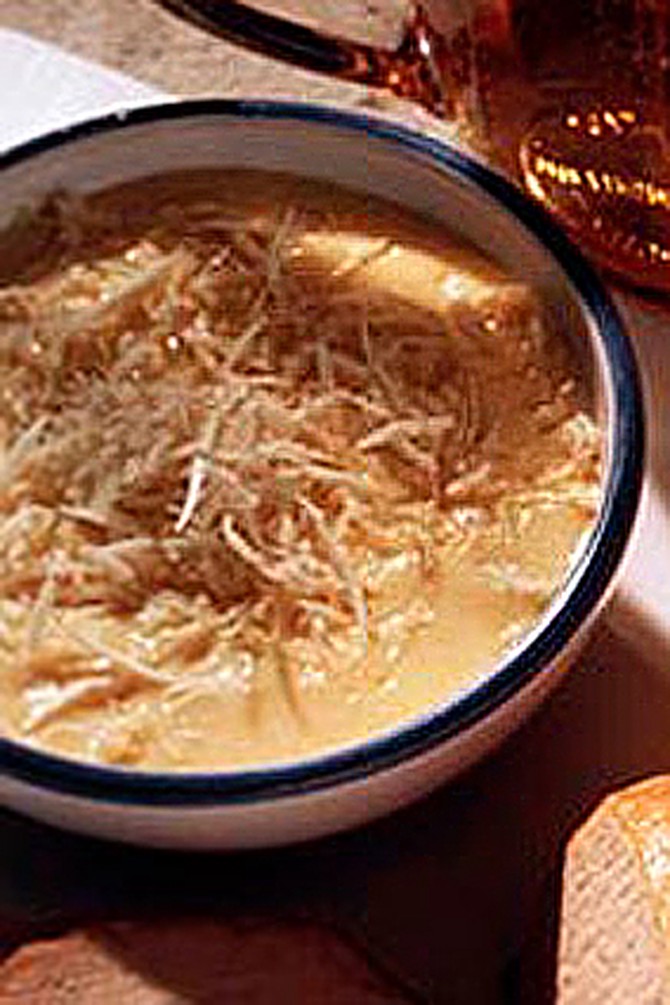
Photo: © 2009 Jupiterimages Corporation
Horseradish
Glucosinolate-rich horseradish fights cancer and kills bacteria. It's also a good source of calcium, potassium, and vitamin C, which, among other things, helps maintain collagen.
Try this recipe: Beet Dip with Sour Cream and Horseradish
Try this recipe: Beet Dip with Sour Cream and Horseradish
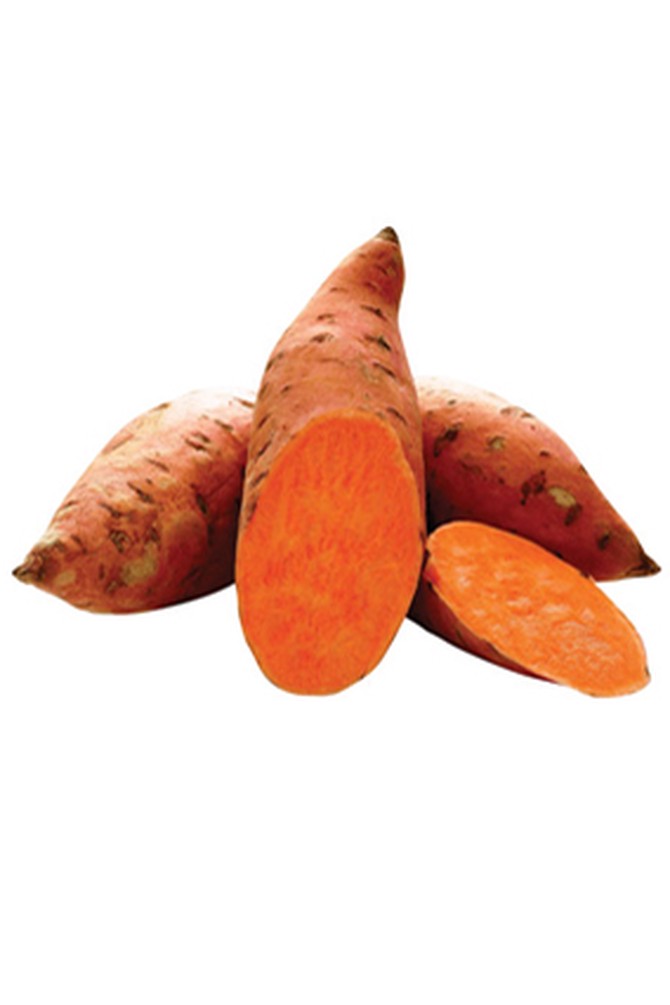
Photo: Getty Images
Sweet Potatoes
Whether orange or white, sweet potatoes contain phytonutrients that promote heart and eye health and boost immunity. They're flush with beta-carotene (thought to lower breast cancer risk) and vitamin A (which may reduce the effects of smoking).
Try this recipe: Sweet Potato and Chickpea Puree
Try this recipe: Sweet Potato and Chickpea Puree
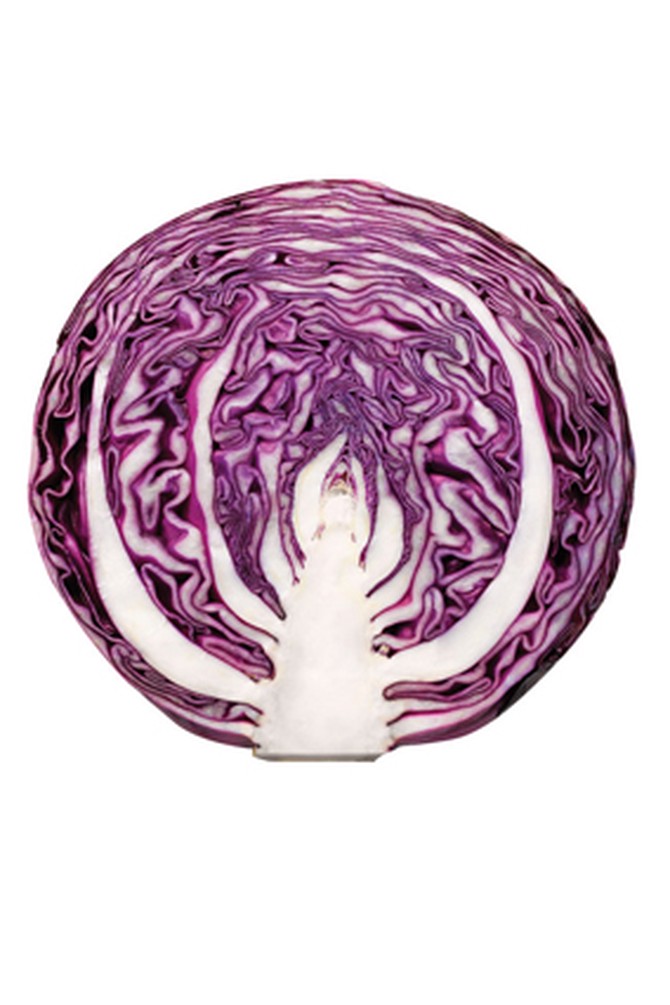
Photo: Getty Images
Cruciferous Vegetables
Cruciferous vegetables—cabbages, cauliflower, broccoli rabe—contain a powerful range of disease fighters. One particular hero, sulforaphane, may increase enzymes that lower the incidence of colon and lung cancers.
Try this recipe: Pasta with Walnut Pesto, Sausage, and Broccoli Rabe
Try this recipe: Pasta with Walnut Pesto, Sausage, and Broccoli Rabe
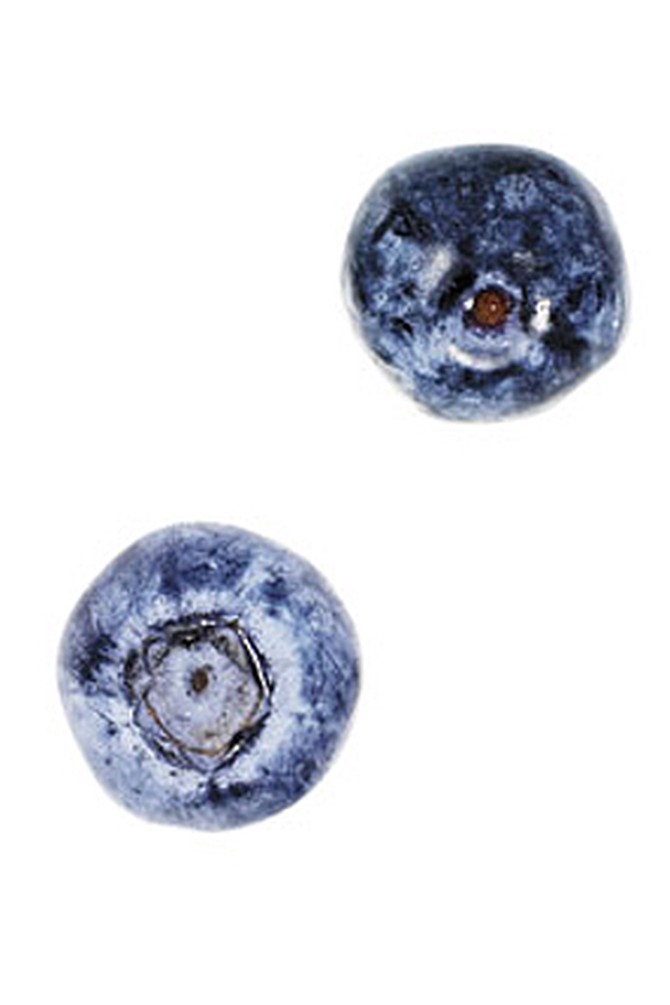
Photo: Getty Images
Blueberries
Fresh or frozen, blueberries have sky-high levels of antioxidants, which combat the damage done by inflammation. Anthocyanins, the natural plant compounds that give blueberries their deep color, may have antidiabetic effects as well. And new research suggests blueberries might protect the heart muscle from damage.
Try these recipes: Frozen Yogurt Sundae with Spiced Nuts, O's blueberry menu
Try these recipes: Frozen Yogurt Sundae with Spiced Nuts, O's blueberry menu
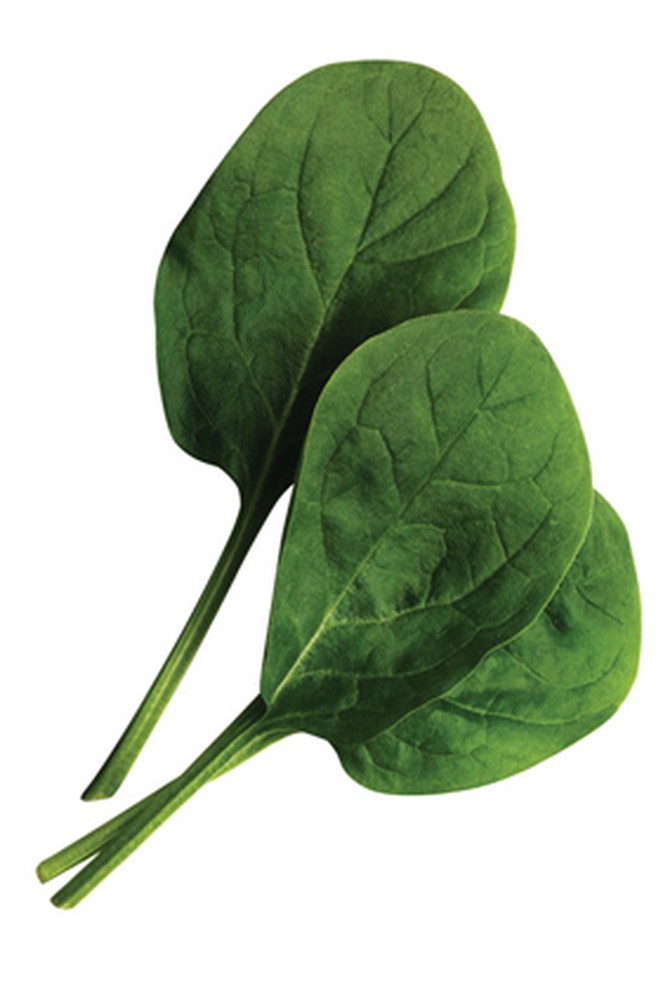
Photo: Getty Images
Dark, Leafy Greens
Dark, leafy greens such as spinach, kale, and swiss chard are an excellent source of iron (especially important for women), vitamin A, and lutein for eye health. Best of all, you know those omega-3s everyone's talking about? They reside in dark greens (including seaweed, which is why they're concentrated in fish).
Try this recipe: Miso Noodle Soup
Try this recipe: Miso Noodle Soup
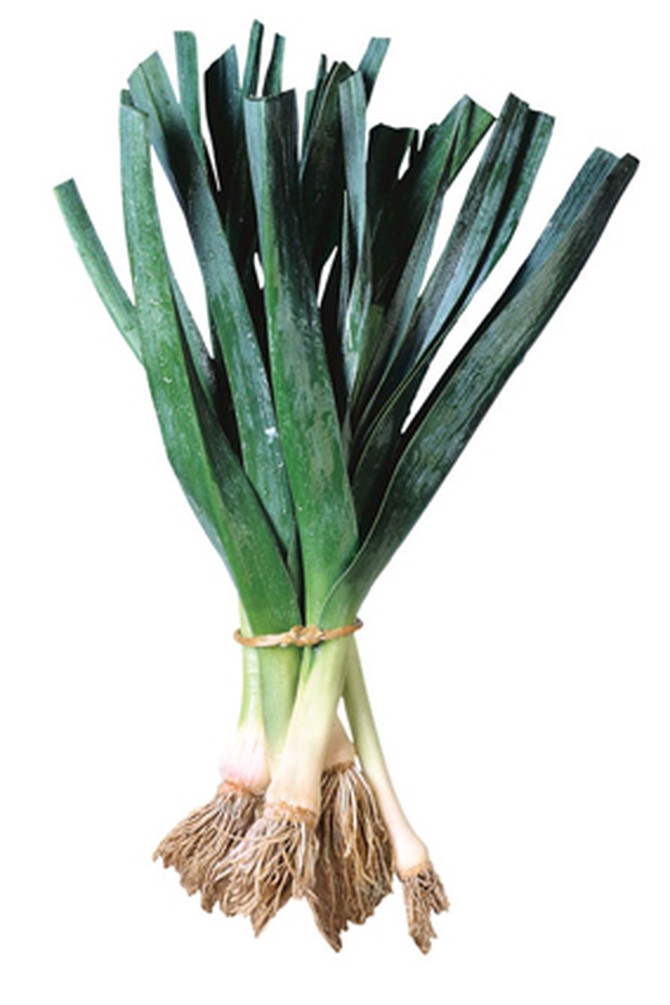
Photo: Getty Images
Alliums
Alliums, the botanical family that includes leeks, onions, and garlic, share many remarkable traits. They can help lower blood pressure and cholesterol levels. Research suggests they inhibit the growth of prostate, stomach, and colon cancer cells. They also have antibiotic properties—so they can ward off germs as well as vampires.
Try this recipe: Leeks Vinaigrette
Try this recipe: Leeks Vinaigrette

Photo: Getty Images
Whole Grains
Don't eat whole grains (such as buckwheat and quinoa) just because they are high in magnesium, B vitamins, fiber, and manganese. Do it because they taste great—nutty, buttery, earthy. And that, in turn, may actually help you to not overeat—one study found that people feel fuller after eating buckwheat than after eating other grains.
Try this recipe: Miso Noodle Soup
Try this recipe: Miso Noodle Soup
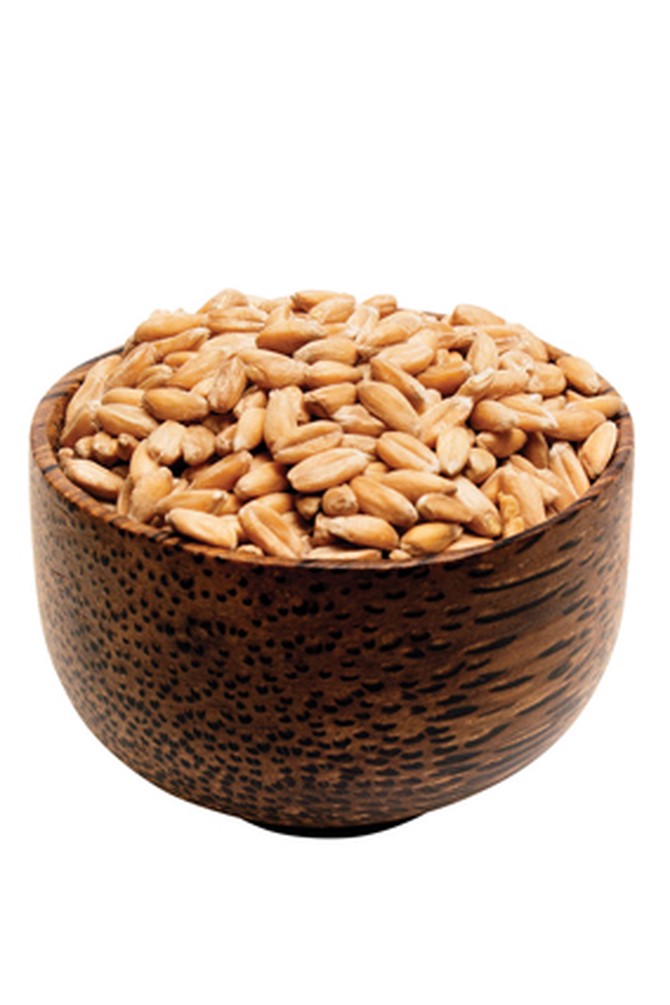
Photo: Getty Images
Spelt
Like whole wheat, ancient spelt is sweeter, nuttier, and higher in protein than its processed relatives. Both are also good sources of manganese and copper.
Try this recipe: Sardine Salad Sandwich
Try this recipe: Sardine Salad Sandwich

Photo: Getty Images
Turmeric
Turmeric, used in holistic medicine as a digestive aid and wound healer, can also serve as an anti-inflammatory, so reach for the curry (turmeric is a primary ingredient) when nursing a toothache or a sprain.
Try this recipe: Frozen Yogurt Sundae with Spiced Nuts
Try this recipe: Frozen Yogurt Sundae with Spiced Nuts
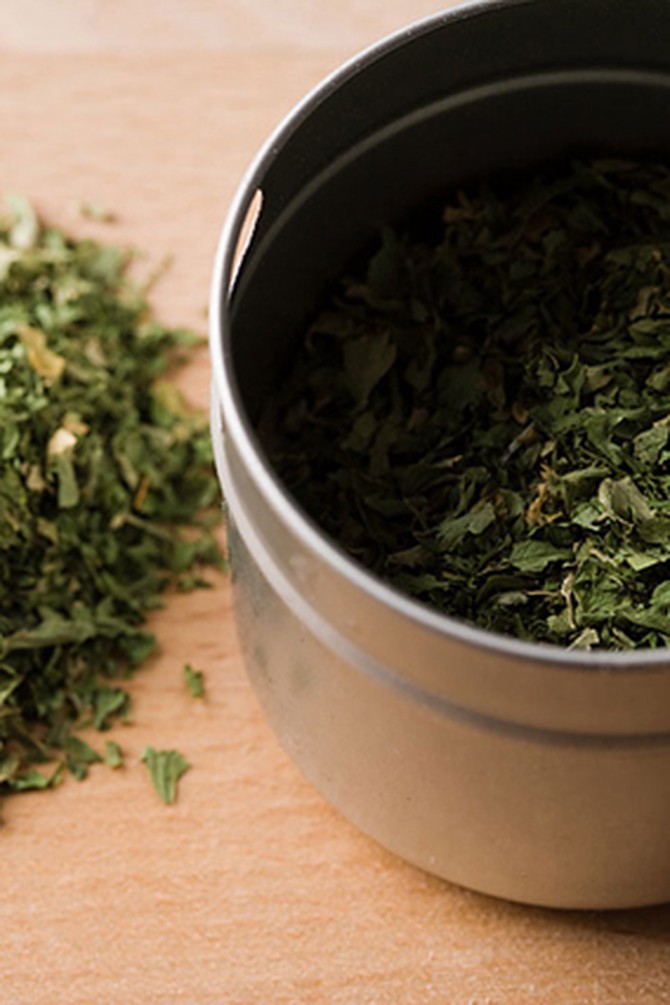
Photo: © 2009 Jupiterimages Corporation
Oregano
Superstar levels of antioxidants mean that a half teaspoon of dried oregano has the benefits of a spinach salad. Oregano has the ability to act as an expectorant, clearing congestion, and can also improve digestion.
Try this recipe: Popcorn with Dried Oregano and Lemon
Try this recipe: Popcorn with Dried Oregano and Lemon

Photo: Getty Images
Cinnamon
Cinnamon is the gold medalist of the spice rack, with one of the highest antioxidant levels of all herbs and spices. It also has a positive effect on blood glucose levels, so adding it to foods can keep you feeling steady and satiated.
Try these recipes: O's cinnamon menu
Try these recipes: O's cinnamon menu

Photo: Getty Images
Ginger, Cayenne, Black Pepper
That heat on your tongue when you eat spices such as ginger, cayenne, and black pepper is evidence of gingerols, capsaicin, and piperine, compounds that boost metabolism. They also have an aphrodisiac effect—but avoid consuming them if you're bothered by hot flashes.
Try these recipes: Frozen Yogurt Sundae with Spiced Nuts, O's ginger menu
Try these recipes: Frozen Yogurt Sundae with Spiced Nuts, O's ginger menu
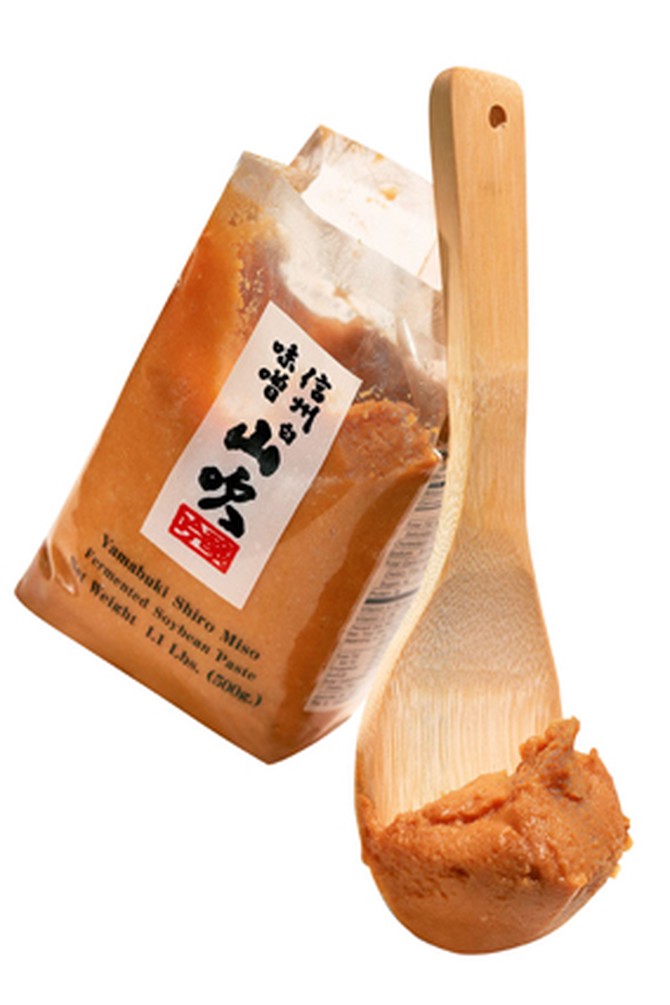
Photo: Getty Images
Miso
Deeply flavorful miso, a fermented soybean paste, is a great source of low-calorie protein (two grams in a 25-calorie serving). It also contains B12 and is a good source of zinc, which helps the immune system function properly.
Try this recipe: Miso Noodle Soup
Try this recipe: Miso Noodle Soup
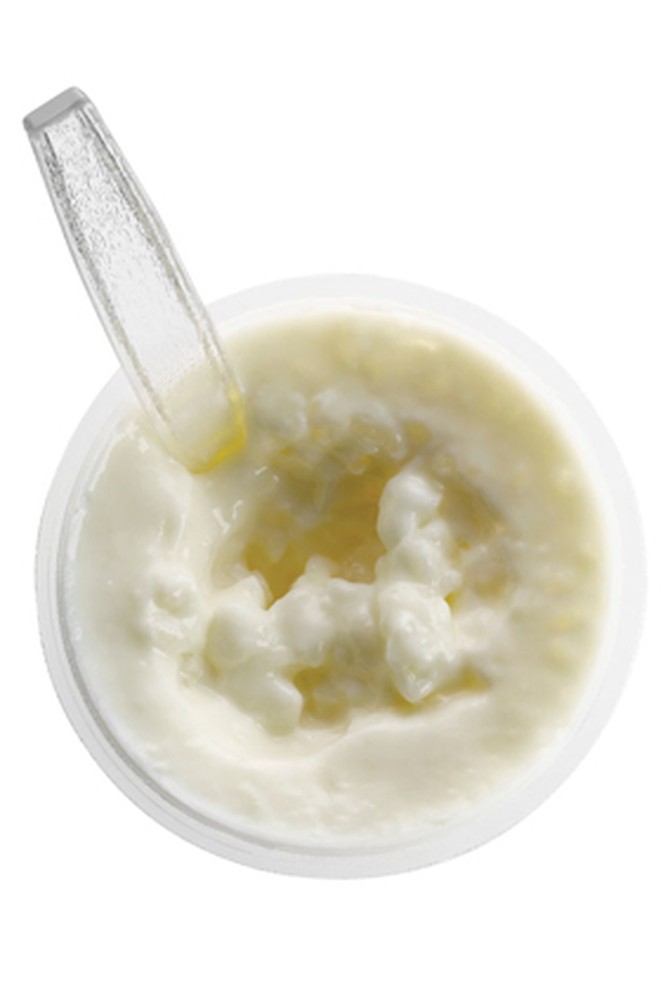
Photo: Getty Images
Yogurt
Like the milk it's made from, yogurt is a very good source of calcium, phosphorus, and protein. Unlike milk, real yogurt also contains probiotics, the good bacteria your digestive system needs to process and benefit from all the other things you eat. One, Lactobacillus casei, boosts immune response.
Try this recipe: Frozen Yogurt Sundae with Spiced Nuts
Try this recipe: Frozen Yogurt Sundae with Spiced Nuts
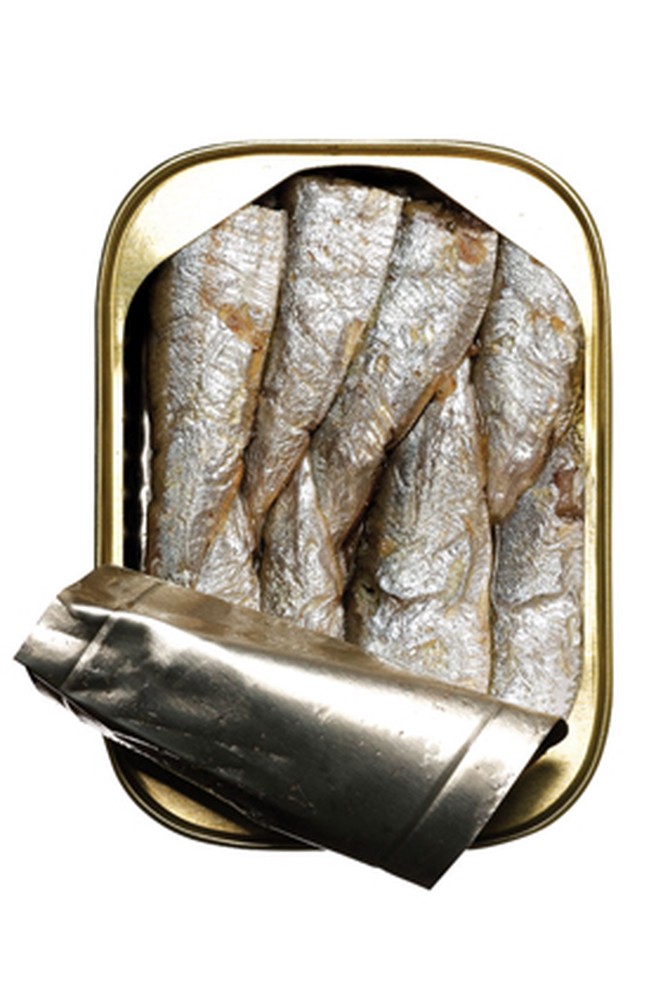
Photo: Getty Images
Sardines
Wild-caught sardines are low in mercury (unlike some types of tuna) and high in vitamin D; a three-ounce serving has as much calcium as a cup of milk. Even better, they're one of the Monterey Bay Aquarium's top picks for sustainability.
Try this recipe: Sardine Salad Sandwich
Try this recipe: Sardine Salad Sandwich
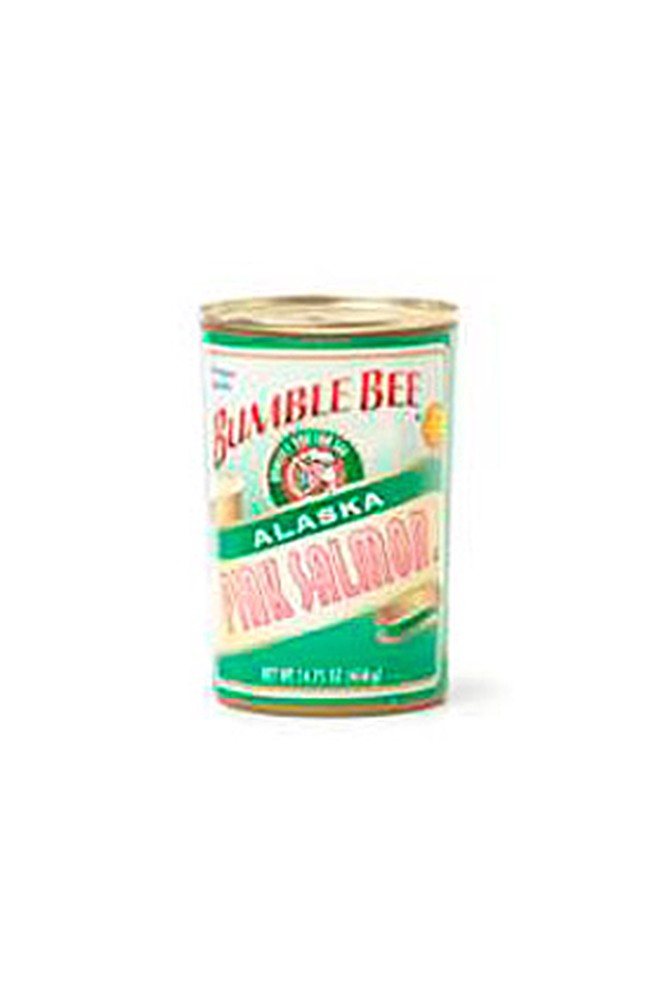
Canned Salmon
King, sockeye, and coho salmon have more DHA plus EPA omega-3 fatty acids than almost any other seafood, as well as some of the lowest mercury levels. Nutritionally, wild-caught Alaskan canned salmon is as good as fresh, and it costs a fraction as much. The Monterey Bay Aquarium also champions this fish's sustainability.
Try this recipe: Salmon Cakes
Try this recipe: Salmon Cakes
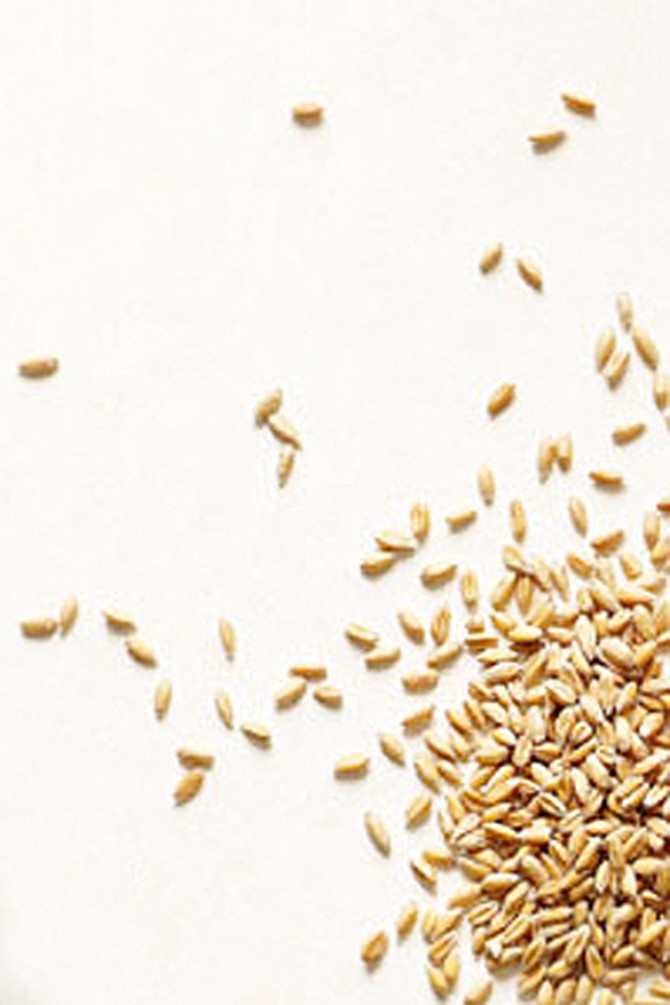
Photo: Getty Images
Sesame Seeds
Tiny, tasty sesame seeds contain unique lignans (or plant compounds), including sesamin and sesamolin, which can help lower cholesterol. The seeds are a good source of calcium, phosphorous, and zinc—as well as copper, which research suggests may help maintain strong bones.
Try this recipe: Popcorn with Dried Oregano and Lemon
Try this recipe: Popcorn with Dried Oregano and Lemon
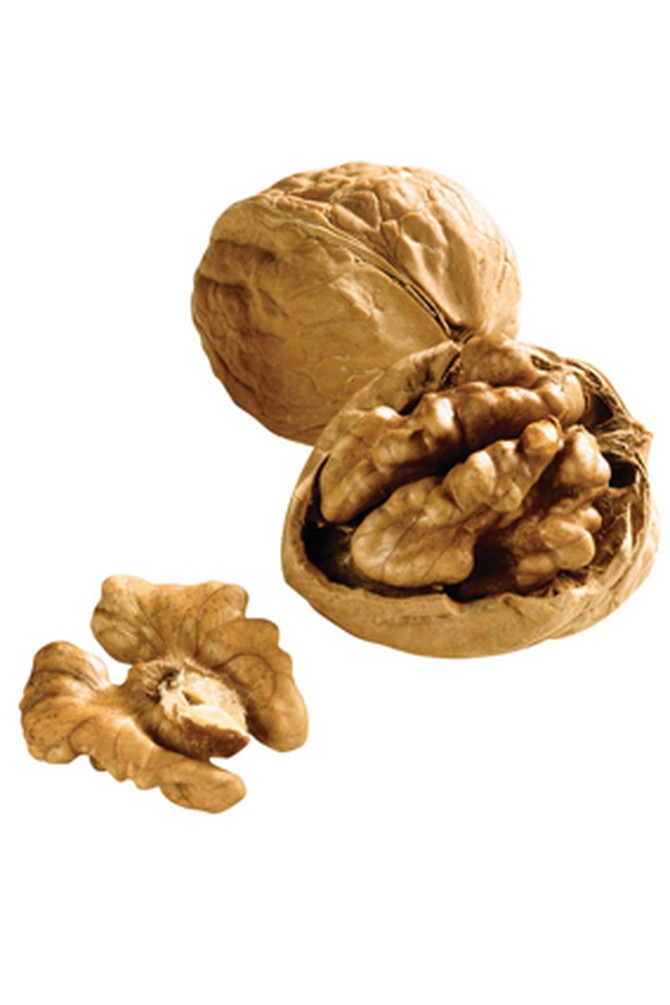
Photo: Getty Images
Walnuts
Of all nuts, walnuts contain the most alpha-linolenic omega-3 fatty acids, which lower LDL (bad) cholesterol and may reduce inflammation in arteries. Walnuts are also a great source of antioxidants, vitamin E, selenium, and magnesium.
Try this recipe: Frozen Yogurt Sundae with Spiced Nuts
Try this recipe: Frozen Yogurt Sundae with Spiced Nuts

Photo: © 2009 Jupiterimages Corporation
Green Tea
While all tea (black, white, and green) has protective antioxidants, green tea contains the most bang for your sip. It's full of a metabolism-boosting compound called EGCG, which prevents damage to the heart muscles. Green tea may also improve bone density, but avoid adding milk to your cuppa—it may reduce the body's absorption of the catechins.
Try this recipe: Dried Spinach and Sencha Tea
Try this recipe: Dried Spinach and Sencha Tea
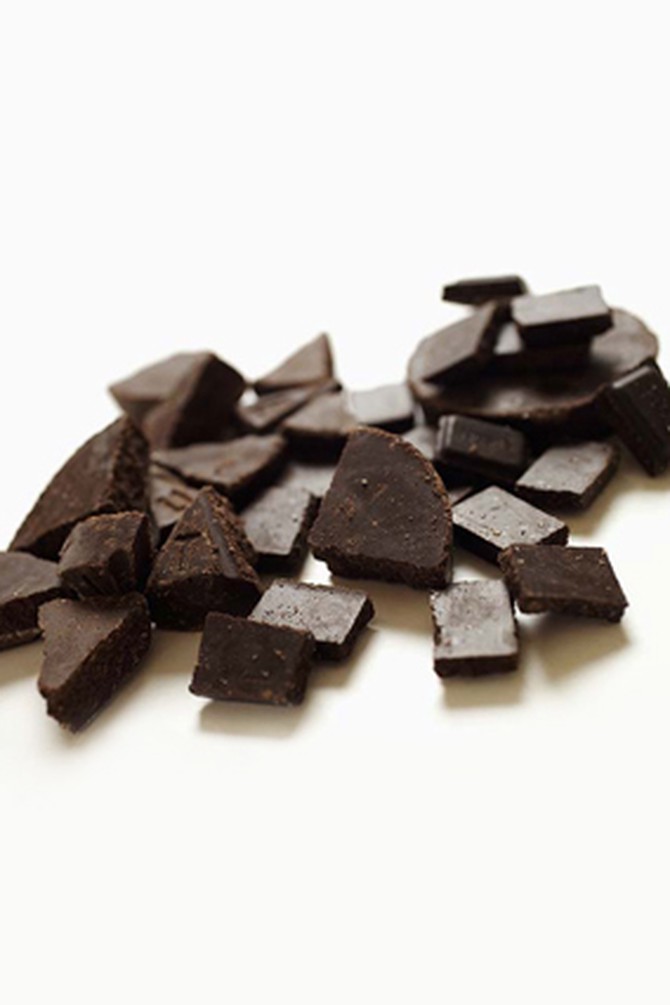
Photo: Getty Images
Dark Chocolate
It's just like chocolate to crash the party, but it's no mistake that the dark variety confers health benefits. Dr. Aviva Romm, President of the American Herbalists Guild, says that the high antioxidant levels make it a perfect indulgence. Chocolate is high in flavonoids, substances that have been shown to improve blood flow, suppress coughs, improve memory, and give you hydrated, smooth skin. A 1 oz. dose of chocolate a day is now officially the doctor's order.
Try this recipe: Dark Chocolate Bark with Pistachios, Sweetened Dried Cherries, and Pumpkin Seeds
Try this recipe: Dark Chocolate Bark with Pistachios, Sweetened Dried Cherries, and Pumpkin Seeds

Flaxseed
Omega-3 fatty acids are a hot nutrition buzzword, and for good reason—they speed up cell metabolism and reduce inflammation in the body, reducing triglyceride levels and lowering blood pressure. One of the easiest ways to get them is from ground flaxseed. For a fast hit, sprinkle some on oatmeal or baked dishes.
Try this recipe: Citrus and Sesame Granola
Try this recipe: Citrus and Sesame Granola
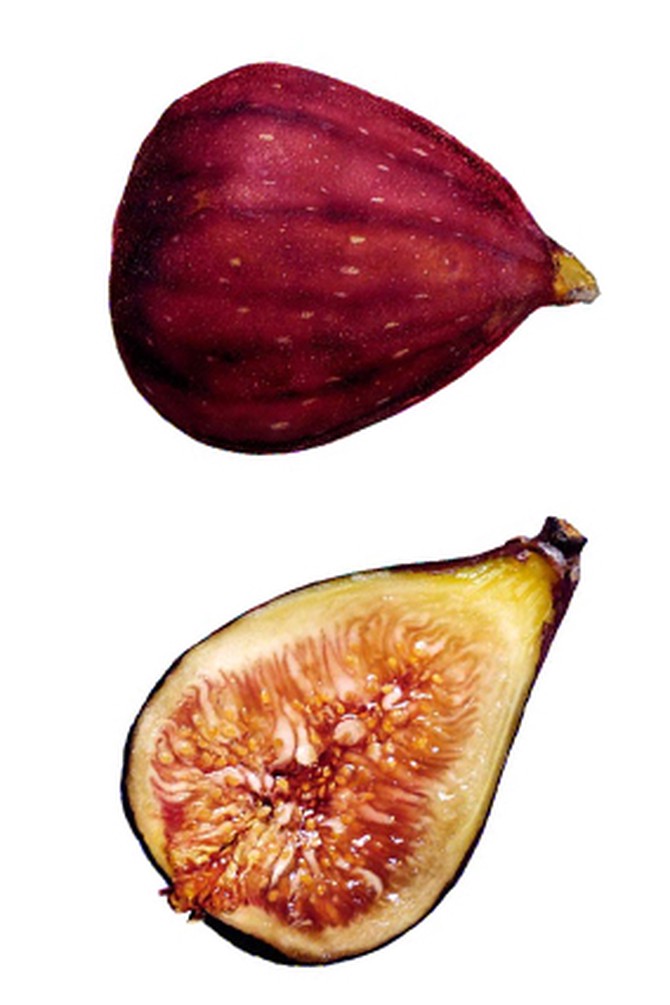
Photo: © 2009 Jupiterimages Corporation
Figs
Used for millennia is ancient Mediterranean and Middle Eastern cultures, figs are an excellent source of dietary fiber (almost 2 grams each!). They're also a good source of calcium and potassium.
Try these recipes: O's fig menu
Try these recipes: O's fig menu
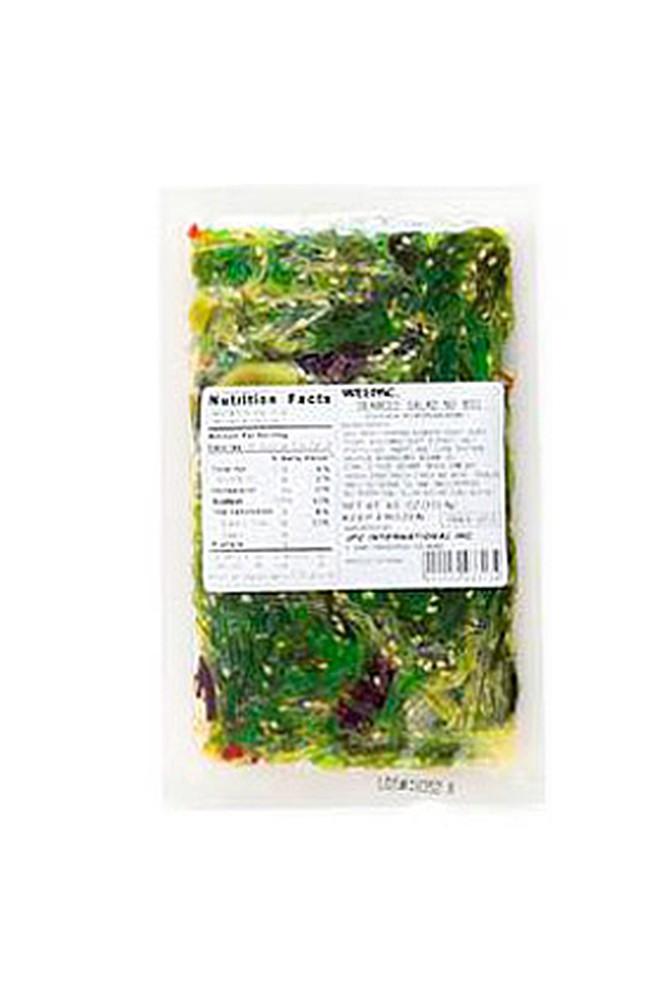
Seaweed (Hijiki, Wakame, Kelp, Nori)
Think of eating seaweed as going directly to the source—this is where fish procure their Omega-3's, meaning you can skip the fish and go straight to the seaweed. Seaweeds are also a two-for-one deal, nutrition-wise: They contain nutrients commonly found in green, leafy vegetables, along with most minerals found in the ocean. They're also full of magnesium, which may prevent migraines and asthma attacks. Grate nori on popcorn and eggs, add wakame to soups, and marinate hijiki with sesame oil for a quick salad.
Try this recipe: Artichoke and Oyster Mushroom Rockefeller
Next: Four easy-to-find superfoods that won't break the bank
Try this recipe: Artichoke and Oyster Mushroom Rockefeller
Next: Four easy-to-find superfoods that won't break the bank
From the January 2010 issue of O, The Oprah Magazine

